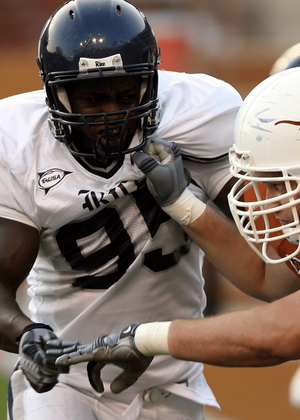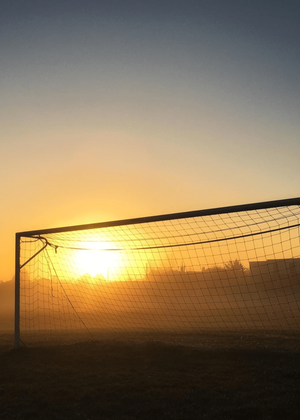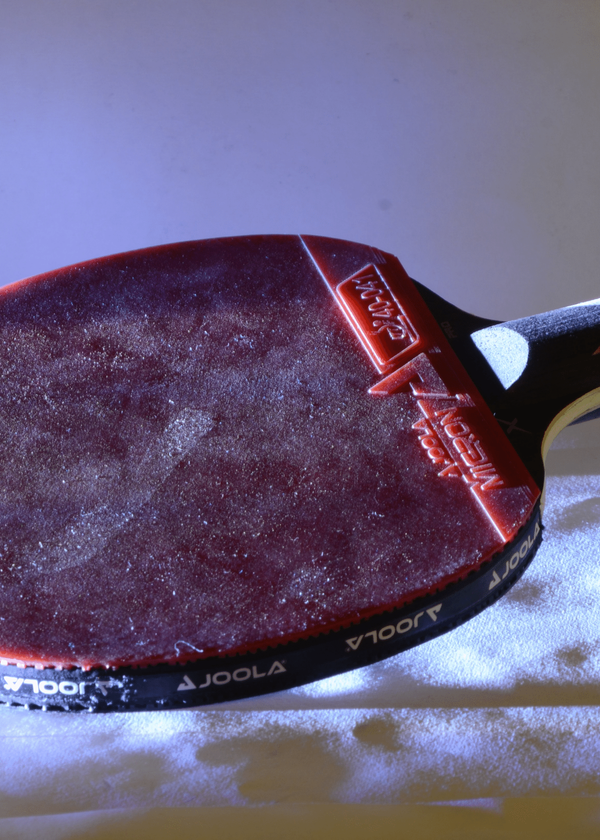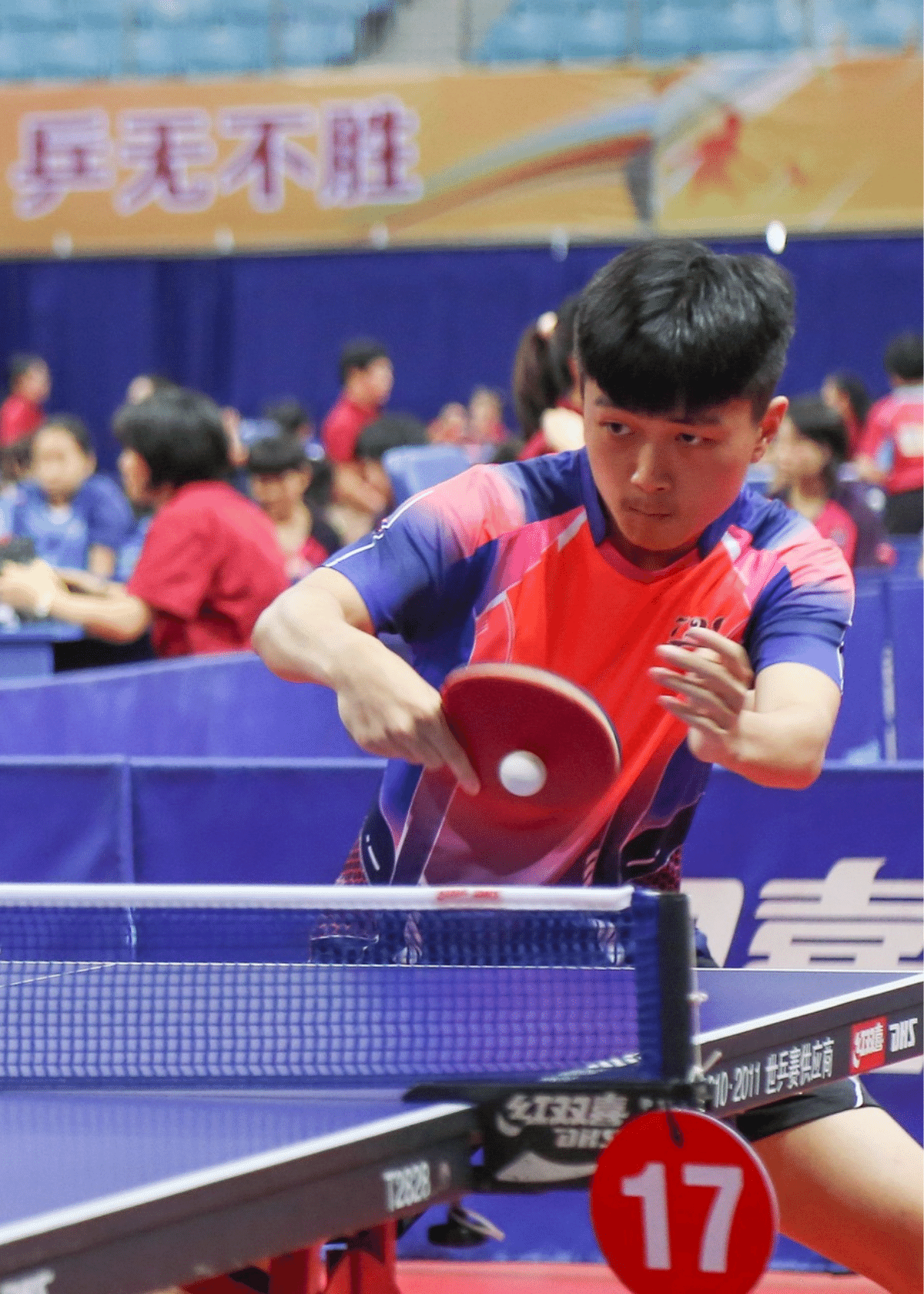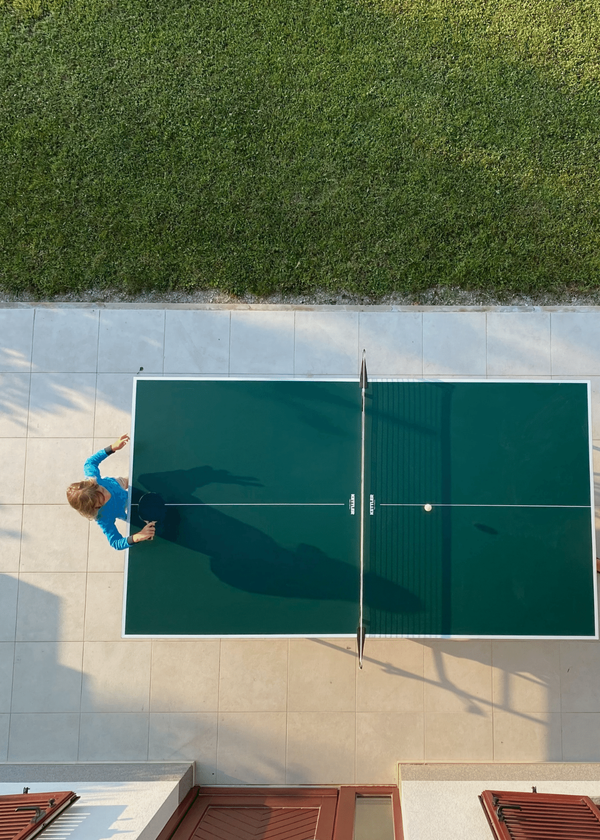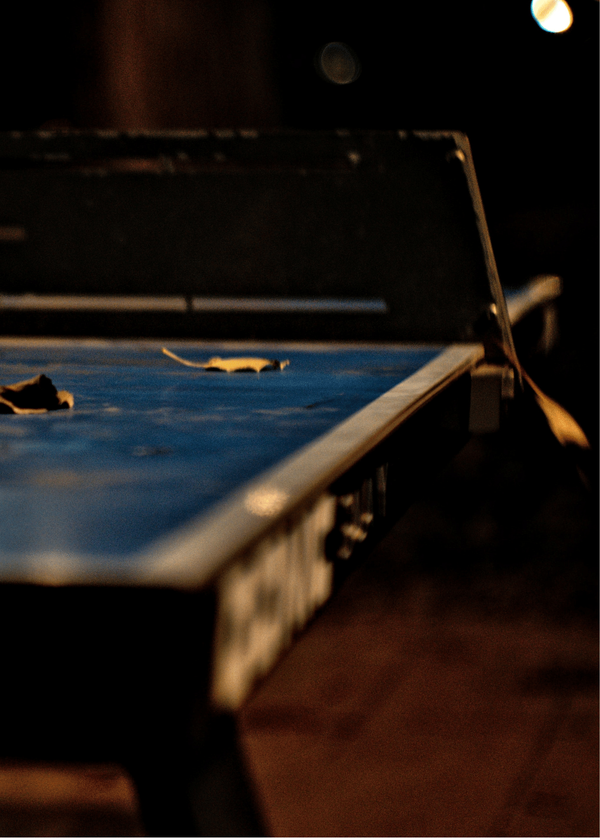Are you just starting out in the world of ping pong and want to learn how to hold a paddle?
If you are a beginner ping pong player, proper paddle grip is essential for success in the game of table tennis. It’s important to understand how to hold your paddle correctly as this can greatly affect your performance. There are many ways to hold a ping pong paddle and each one has its own advantages and disadvantages. Let’s take a look at some of the different ping pong grips and how they can help you improve your game.
Shakehand Grip
As the name suggests, you hold the paddle with an open palm, just like shaking hands. This grip offers exceptional control, spin, and power, thanks to the leverage generated through the wrist. And guess what? There's more to explore - variations like the shallow shakehand grip and the deep shakehand grip. Exciting, isn't it?
Penhold Grip
This grip style is also common among competitive players and has been used by many renowned Chinese table tennis stars over the years. To do it, start by holding your racket in your dominant hand like you would hold a pen or pencil—hence its name! The backside of your hand should be facing up against the head of the racket while your thumb and index finger anchor it down from above and below respectively. Your remaining three fingers should curl around onto its backside for added control during shots. This ping pong grip enables players to generate fast strokes but requires good wrist movement to execute them effectively.
Other Types of Table Tennis Grips
With so many different types of grips. Most players just use the same grip they've been using for years without considering if it's the most suitable option for their game. They're missing out on gaining a competitive edge over their opponents. Try to experiment with different grips that suits your playing style best. It may take some time to find the best grip, but once you do, it'll be worth your while!
Seemiller Grip
This unique variation on the penhold grip was developed by American player Dan Seemiller in order to give him more control over his serves and returns in matches. To do it, start by holding your racket as if you were doing a standard penhold grip. However, this time keep two fingers anchored on either side of its blade rather than only one finger underneath it like normal penholders do—your index finger on one side and either your middle or ring finger on its opposing side depending on which feels more comfortable for you personally! This method allows players to use both sides of their paddles when returning shots quickly without having to turn their wrists very much at all.
V Grip
This is a lesser known but still used ping pong grip, particularly among recreational players. To do it, hold your paddle with the back of your hand facing up and then curl in all four fingers towards your palm so that you’re gripping the blade between them. This method greatly reduces the risk of fatigue as it requires very little wrist motion during play, although it does sacrifice some spin potential when compared to other grips.
Pistol Grip
The pistol grip is a great choice for those who want to focus on attacking with speed and power over control. To do it, hold your paddle as if you were holding a gun—with the handle aligned along the base of your hand instead of perpendicular to it like in a shakehand grip. This method enables players to generate more force through their shots due to its greater leverage, but can be more difficult to control and does require a bit of practice in order to get it right.
Reverse Penhold Backhand Grip
Finally, the reverse penhold backhand grip is a great option for those looking to hit strong two-sided forehand and backhand strokes with more versatility. To do it, hold your racket in the same way as you would if you were doing a standard penhold grip—but this time have your thumb and index finger curl around its blade from behind instead of from above and below like normal penholders do. This enables players to hit a strong backhand stroke with greater spin, power, and control than they typically would be able to using a regular shakehand grip.
Conventional Chinese Penhold Grip
This is a variation on the classic penhold grip favored by many Chinese table tennis players. To do it, start by holding your racket with an open palm like you would when shaking hands with someone and then curl your index finger around its backside as if you were doing a regular penhold grip. However, keep your thumb straight instead of curling it around the blade like normal penholders do. This method gives players more control when hitting shots but can tire you out quicker due to its greater reliance on wrist movement and finger placement for proper execution of strokes.
The more you practice using a certain grip or stroke, the better and more comfortable you will become with it. It may take some time to become accustomed to a new grip or technique, but just stick with it. Once you have found what works best for you, practice makes perfect so get out there hit some balls!
Good luck on your ping pong journey!


